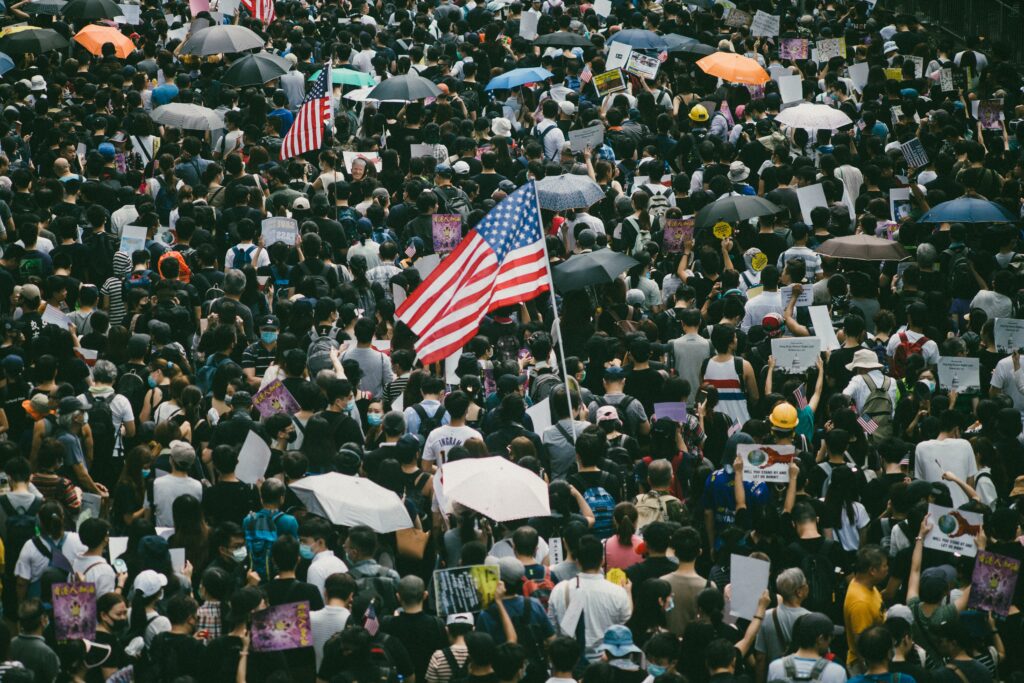When we think about safeguarding the electoral process, we’re enforcing the foundation of democracy. That means threats to local election office officials, journalists covering races and governments, as well as changing processes for elections, need to be examined and dealt with proactively and efficiently by news media.
Newsrooms need to know how their electoral process plans to operate – at every level – well ahead of the second Tuesday in November and primaries throughout the calendar year. That means holding officials accountable on everything from election audits to the measures in place to prevent a cyberattack.
How are these workers being protected, if at all? And, on the ground, there is still the threat from real-life, bad actors that seek to sow doubt into the electoral process by ways of intimidation, including challenging not just the ballot box collection itself, but who’s on the ballot. The following resources can help you better understand election security so you can cover it with confidence.
It’s important to help the public know that elections are being held safely and to not cast doubt on the process unless and until there are verified instances of compromised activities. One of the cheapest and quickest ways to fracture the foundation of a democracy is for bad actors to sow doubt in the process. Responsible media outlets must not aid their work by chasing clicks.
Guides & Best Practices
The Belfer Center for Science and International Affairs
“The Election Influence Operations Playbook”
This guide from Harvard’s Belfer Center is aimed at state and local elections officials, providing a four-step toolkit for countering election threats. That includes establishing an incident response team; having an internal communications plan; making sure public-facing outlets, such as social media, are safeguarded and updated; and conducting an incident review to analyze and identify potential threats beforehand.
Brennan Center for Justice
“Digital Disinformation and Vote Suppression”
This guide from New York University’s Brennan Center for Justice highlights what election officials, internet companies and the federal government all should do to combat threats to elections. Among the recommendations is to protect the official sources of information (ie, election office websites) by having security measures such as two-factor authentication implemented. Moreover, building trust with the voting public and local media before an incident takes place, too, in multiple languages.
Global Cyber Alliance
Cybersecurity toolkit for elections
Pertaining to the cybersecurity threats that local election officials face specifically, this toolkit from Global Cyber Alliance provides a host of product recommendations that election offices can acquire to safeguard their systems. That includes products, such as Packetfence – for controlling access to a local network – and Have I Been Pwned?, which can tell the local elections office if an existing password on the network has already been compromised.
National Democratic Institute
“Combating Information Manipulation: A Playbook for Elections and Beyond”
This National Democratic Institute playbook identifies sources of election manipulation, including not just the bad actors themselves – for example, foreign governments and extremism groups – but also artificial intelligence manipulation, fake accounts and premature election victory claims. Among the five key principles, as it pertains to election security, includes knowing your limits, monitoring behavior and having zero tolerance for hate-fueled attacks and violence.
Assistance
Democracy Fund is a private, nonpartisan foundation that offers support through grantmaking in upholding the electoral process. The organization also focuses on four core programs: governance, voting, inclusivity and the public space.
Radio Television Digital News Association, the world’s largest broadcast and digital journalism organization, offers journalist training and resources to stay safe in the field. That includes a U.S. Press Freedom tracker and the ability to report incidents via email.
Verified Voting, a nonpartisan organization committed to upholding the voting process, specifically through election equipment measures, has an Election Protection Hotline for responding to election equipment failures.
Additional Resources
Election SOS
“How to Cover Electoral Conflict / Cómo Cubrir Conflictos Electorales” by Amanda Ripley and Rachel Kleinfeld
Report
International Institute for Democracy and Electoral Assistance
“Cybersecurity in Elections” by Sam van der Staak and Peter Wolf
Report
Reporters Without Borders
“Handbook for Journalists During Elections” by Christophe Deloire and Christophe Guilhou
Report
United Nations Human Rights Office of the High Commissioner
“Briefer on Human Rights and Elections for Journalists”
Report
International Media Support
“Coaching Manual for Media Support during Elections”
Report
The Journalist’s Resource
“8 tips for covering U.S. elections from a former elections administrator” by Denise-Marie Ordway
Article



